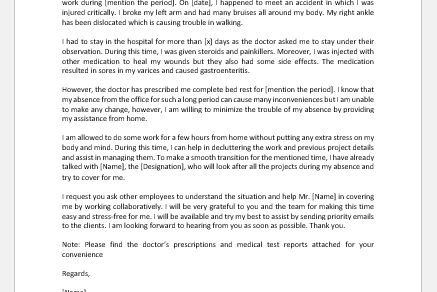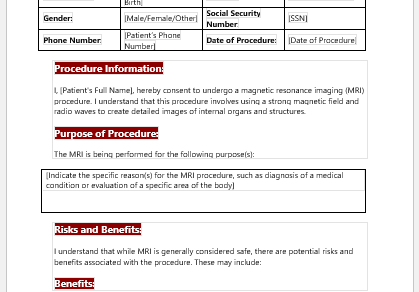What is an EEG?
EEG, or EKG, also known as an electroencephalogram or brain wave test, is used to measure the electrical activity in the brain. The test is performed in laboratories or clinics that have the facility. It takes about an hour and is performed by a doctor or an EEG technician in the presence of a close relative of the patient.
How is the test conducted?
It is performed by using electrodes that are placed on the scalp after the application of a conducting gel. Brain wave patterns are then sent as signals to a computer, where they are recorded. Various stimuli are given to the patient, like flashes of light, sound stimuli, reading exercises, or rapid breathing, to help induce abnormalities and record them. Patients’ eye movements may also be recorded by an eye scanner.
In various states of one’s mind, different waveforms are recorded. For instance, the waveforms appear to move faster when one is awake. Waveform frequencies that are greater than 8 Hz are usually considered normal in an awake adult.
In what conditions is EEG indicated?
An EEG is usually indicated when brain activity is to be monitored in neurological disorders. The measurements recorded in an EEG then help in diagnosing various disorders of the brain:
- Epilepsy or seizures
- Encephalitis (inflammatory condition of the brain)
- Brain tumors
- Stroke or cerebrovascular accident (CVA)
- Sleep disorders
- Patients with a history of head injury
- Memory disorders
- EEG may also be done during some brain surgeries
- Research and academic purposes
Is EEG risky?
This is a question almost all patients are worried about. However, as dangerous as it may sound, this test is not harmful in any way. It is painless and safe. However, a few patients, who have a history of seizures, may have an attack during the test.
EEG Consent Form
Before performing the test, like other medical procedures, informed consent has to be obtained. Proper documentation is mandatory after informing the patient about the method and its consequences. Here are a few things that have to be mentioned on the EEG consent form:
- Patient’s biodata; name, father’s name, age, sex, occupation, address, contact number, blood group, allergies, and drug history.
- Brief history and findings of the clinical examination, previous test results or treatment taken, if any, and provisional diagnosis.
- Complete guidelines for the prerequisites of EEG are usually to wash the patient’s head one day before the test, drugs may or may not be held as advised by the physician, and the patient might be advised to have a short nap one night before the test rather than having a full night’s sleep.
- Details regarding the method of testing and consequences, if any.
- Limitations of the test.
- Emergency protocol; name and contact number of the emergency contact person
- Assurance of privacy and confidentiality
- Location, date, and time of the test.
- Name and signature of the consenter.
- Nursing Documentation Templates
- Mental Health Evaluation Forms
- Forms Used by Pediatricians
- Various Forms Related to Pregnancy Verification
- Common Forms Used by ENT Specialists
- Pain Diary Worksheet Template
- Forms Commonly Used by Old Age Homes
- Medical Treatment Consent Form
- Home Exercise Program Worksheet
- Forms Used for Mental Health Assessment
- Forms Used by Psychologists
- Medical Forms Commonly Used by/for Students
- Assessment Consent Form
- Forms Used by an Anesthesiologist
- Not Fit to Fly Certificate Template



